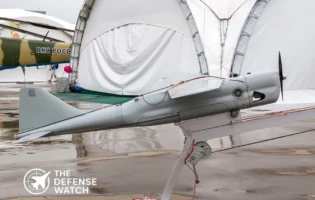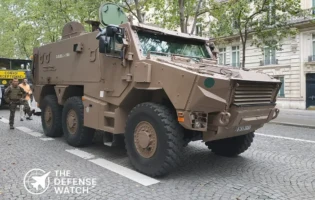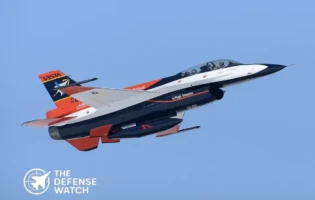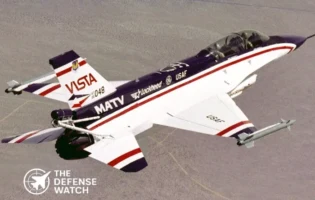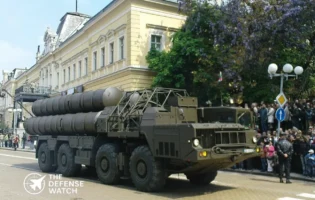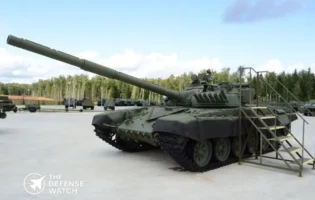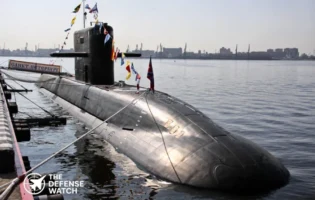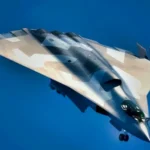- Home
- Catalog
- Naval Warfare Systems
- Ohio-Class Submarine (SSBN/SSGN)
Ohio-Class Submarine (SSBN/SSGN)
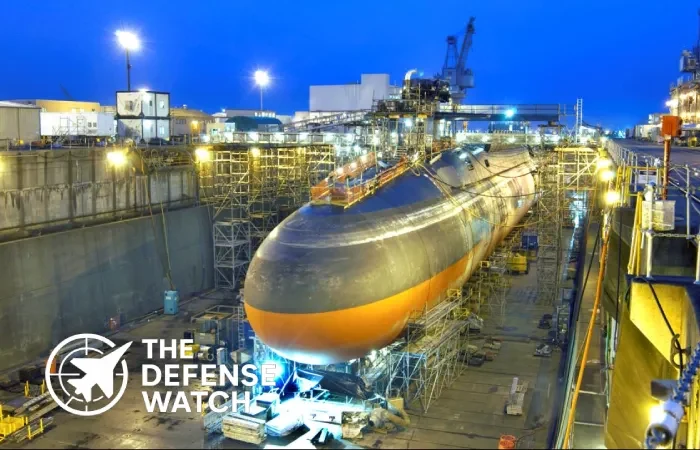




Full Specifications
1. General Information
| System Name | Ohio-Class SSBN |
| Type / Role | Nuclear Ballistic Missile Submarine |
| Manufacturer | General Dynamics Electric Boat |
| Country of Origin | United States |
| In Service | 1981 – Present |
| Year Introduced | 1981 |
| Unit Cost | Approx. $2 billion (USD) |
| Crew | 155 (15 officers, 140 enlisted) |
2. Dimensions & Structure
| Length | 560 ft (170.7 m) |
| Beam (Width) | 42 ft (12.8 m) |
| Draft | 35 ft (10.7 m) |
| Displacement | 18,750 tons (submerged) |
| Hull Material | High-strength steel |
| Deck Configuration | Single-hull with missile deck |
3. Performance & Propulsion
| Propulsion Type | Nuclear (S8G reactor) |
| Engine Model | General Electric S8G PWR |
| Power Output | 60 MW |
| Maximum Speed | 25+ knots (submerged) |
| Range | Unlimited (nuclear) |
| Endurance | ~120 days submerged |
4. Sensors & Radar Systems
| Primary Radar | N/A (Passive Sonar Suite) |
| Radar Range | N/A |
| Sonar System | AN/BQQ-6, AN/BQS-13 |
| Electro-Optical / IR System | Periscope and ESM Suite |
| Electronic Warfare Suite | AN/BLQ-10 |
| Fire Control Radar | Mk 98 Fire Control System |
5. Weapons & Armament
| Main Gun | None |
| Vertical Launch System (VLS) Cells | 24 (Trident II D5) |
| Missiles | Trident II D5 SLBMs |
| Anti-Ship Missiles | None |
| Anti-Submarine Torpedoes | Mk 48 ADCAP Torpedoes |
| Close-In Weapon System (CIWS) | None |
| Decoy Systems | Acoustic Countermeasures |
6. Aviation & Support
| Helicopter Capability | None |
| Hangar Capacity | None |
| UAV Operations | No |
| Flight Deck Size | N/A |
| Replenishment at Sea | Yes (submarine tender support) |
7. Defensive & Electronic Systems
| Countermeasures | Acoustic decoys, noisemakers |
| ECM / ECCM | Integrated EW Suite |
| Missile Defense System | Trident II D5 deterrent role |
| Combat Management System | Submarine Control System |
| Communication Systems | VLF, UHF, SATCOM, ELF |
8. Operational Information
| Service Branch | U.S. Navy |
| Primary Operator | United States |
| Operational History | Continuous deterrent patrols since 1981 |
| Notable Feature | Backbone of U.S. nuclear triad |
PROS
- Exceptional stealth and endurance
- Carries 24 Trident II D5 missiles
- Integral to U.S. nuclear deterrence strategy
- Advanced sonar and communication systems
- Proven operational reliability
CONS
- Extremely high operational cost
- Limited conventional warfare capability
- Aging fleet nearing replacement
- Crew-intensive maintenance cycles
- Large acoustic signature compared to newer designs
Ohio-Class Ballistic Missile Submarine (SSBN)
The Ohio-class submarines form the cornerstone of the United States Navy’s strategic nuclear deterrent. Built by General Dynamics Electric Boat, these nuclear-powered ballistic missile submarines (SSBNs) were designed to ensure second-strike capability through unparalleled stealth, endurance, and firepower. Commissioned between 1981 and 1997, 18 Ohio-class submarines were constructed, with 14 configured as SSBNs and 4 later converted to SSGNs for conventional strike and special operations support.
Each Ohio-class submarine measures 560 feet in length and displaces over 18,000 tons submerged, making it one of the largest submarines ever built by the U.S. Navy. Powered by a S8G nuclear reactor, the vessel can remain submerged for months, limited only by crew endurance and onboard supplies. With a maximum submerged speed exceeding 25 knots, it can silently patrol vast ocean regions while remaining virtually undetectable.
The Ohio-class SSBN carries 24 Trident II D5 submarine-launched ballistic missiles (SLBMs), each capable of delivering multiple independently targetable reentry vehicles (MIRVs). These precision-guided warheads can strike targets thousands of miles away, ensuring credible nuclear deterrence. The class is also fitted with advanced sonar systems, electronic countermeasures, and robust communication arrays for secure contact with U.S. Strategic Command.
Operating primarily under U.S. Strategic Command (STRATCOM), the Ohio-class fleet remains continuously deployed, with at least one submarine on deterrent patrol at all times. Its reliability, low acoustic signature, and massive payload make it the most survivable leg of America’s nuclear triad.
Ohio-Class Price in United States
While the exact unit cost varies by configuration and modernization phase, the estimated price per Ohio-class submarine exceeds $2 billion (USD). Its successor, the Columbia-class, is projected to continue the Ohio’s legacy into the next generation of undersea deterrence.
Reviews
Disclaimer Note
The information provided on TheDefenseWatch.com is for general informational purposes only. While we strive to ensure the accuracy, completeness, and timeliness of our content regarding defense and aerospace products, technologies, and specifications, we cannot guarantee that all information is 100% accurate or up-to-date due to the evolving nature of military technology and classified data. TheDefenseWatch.com does not warrant the reliability, suitability, or availability of the information for any specific purpose. Users are advised to consult official sources, such as manufacturers, government publications, or defense agencies, for precise and verified data before making decisions based on our content. We are not affiliated with any defense manufacturers, governments, or military organizations mentioned. Opinions, reviews, and ratings reflect expert analysis but are subjective and should not be considered endorsements. TheDefenseWatch.com is not responsible for any errors, omissions, or consequences arising from the use of this website’s content. External links are provided for convenience and do not imply endorsement. TheDefenseWatch.com reserves the right to update or modify content without prior notice. By using this website, you agree to our Privacy & Cookies Policy.








